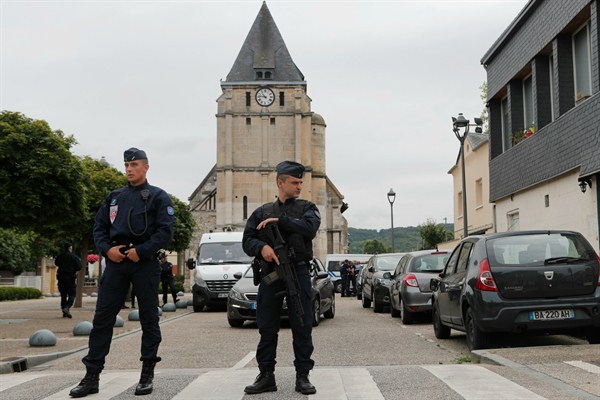Though only a little more than half over, 2016 has already turned into a tragically bloody year of terrorism. What is concerning is not simply the extent of this violence but the ongoing mutation of terrorism into new forms.
This is not unexpected. Terrorism constantly changes as the dark organizations that use it innovate. Terrorists seek to cause fear, anxiety, panic and overreaction. The unknown and unexpected amplifies fear, so once the terrorists’ intended audience adapts to a type or level of violence, they must escalate or find new methods. As is often true in strategy, what works today for terrorists may not work tomorrow. This compels world leaders to refine their counterterrorism strategies as terrorism shifts and evolves: The conflict between the two sides is both electric and fluid.
While terrorist groups all seek “the next big thing” to sustain or gain the psychological initiative, they pursue it in different ways. Al-Qaida seems to prefer ever-bigger and more dramatic attacks. Its ultimate success would be what the United States fears most: an attack with a weapon of mass destruction. But if al-Qaida wants to be the luxury brand of terrorism with intricate, complex strikes, the Islamic State (ISIS) is the big box retail outlet, focusing on quantity rather than quality, killing as many helpless victims it can in relatively low-tech ways, and avoiding security forces as much as possible. It recruits disposable killers in bulk and counts on volume to attain its desired psychological effects.

